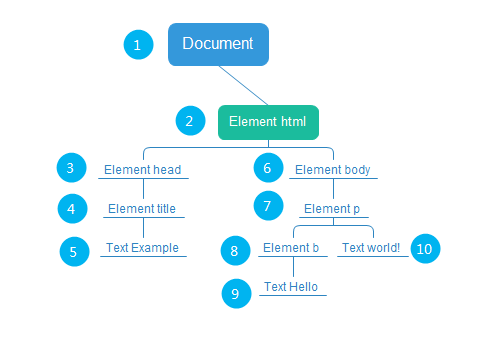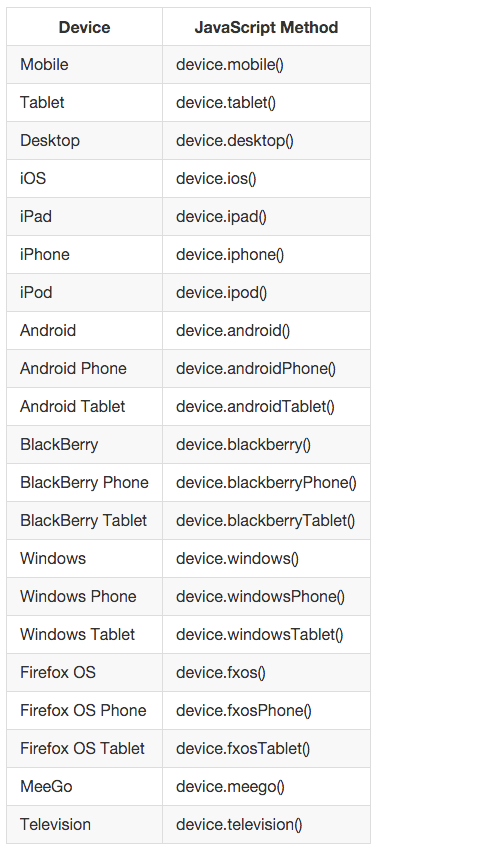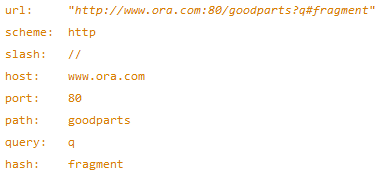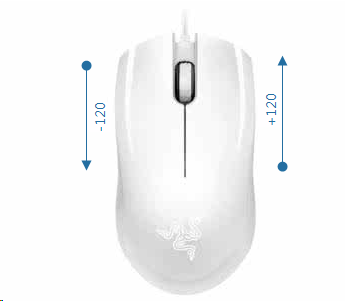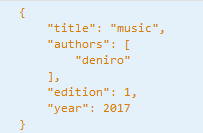版权声明:本文为博主原创文章,转载请写明出处。 https://blog.csdn.net/wo541075754/article/details/48158639
面试例子:
public static void main(String arg[]){
Integer a=3;
Integer b=3;
System.out.println(a==b);
System.out.println(a.equals(b));
a=3333;
b=3333;
System.out.println(a==b);
System.out.println(a.equals(b));
}
此程序打印出来的结果分别为:true,true,false,true。那么为什么会出现这种结果呢?
原因分析
我们要知道当给一个Integer对象赋一个int值时,Integer的valueOf方法会被调用。那么,我们看看Integer的valueOf方法到底做了些什么。源码如下:
代码一:
public static Integer valueOf(int i) {
assert IntegerCache.high >= 127;
if (i >= IntegerCache.low && i <= IntegerCache.high)
return IntegerCache.cache[i + (-IntegerCache.low)];
return new Integer(i);
}
代码二:
private static class IntegerCache {
static final int low = -128;
static final int high;
static final Integer cache[];
static {
// high value may be configured by property
int h = 127;
String integerCacheHighPropValue =
sun.misc.VM.getSavedProperty("java.lang.Integer.IntegerCache.high");
if (integerCacheHighPropValue != null) {
int i = parseInt(integerCacheHighPropValue);
i = Math.max(i,127);
// Maximum array size is Integer.MAX_VALUE
h = Math.min(i,Integer.MAX_VALUE - (-low) -1);
}
high = h;
cache = new Integer[(high - low) + 1];
int j = low;
for(int k = 0; k < cache.length; k++)
cache[k] = new Integer(j++);
}
private IntegerCache() {}
}
通过代码一我们可以看出,当valueOf传入的值在IntegerCache.low和IntegerCache.high之间时,Integer被赋的值将从IntegerCache.cache数组中获得,也就是通过缓存中获得。
再看代码二,IntegerCache.low为常量-128。而IntegerCache.high如果在启动JVM时没有指定-XX:AutoBoxCacheMax参数,默认为127。综合两段代码,我们可以知道,在默认情况下,在-128到127之间的数据在赋值时会从缓存中获得。
结论
因此,在-128到127之间的数据多次获得的均为同一个对象,而超出这个范围的数据将会创建一个新的对象,只能通过equals方法比较的才是对象的值。



